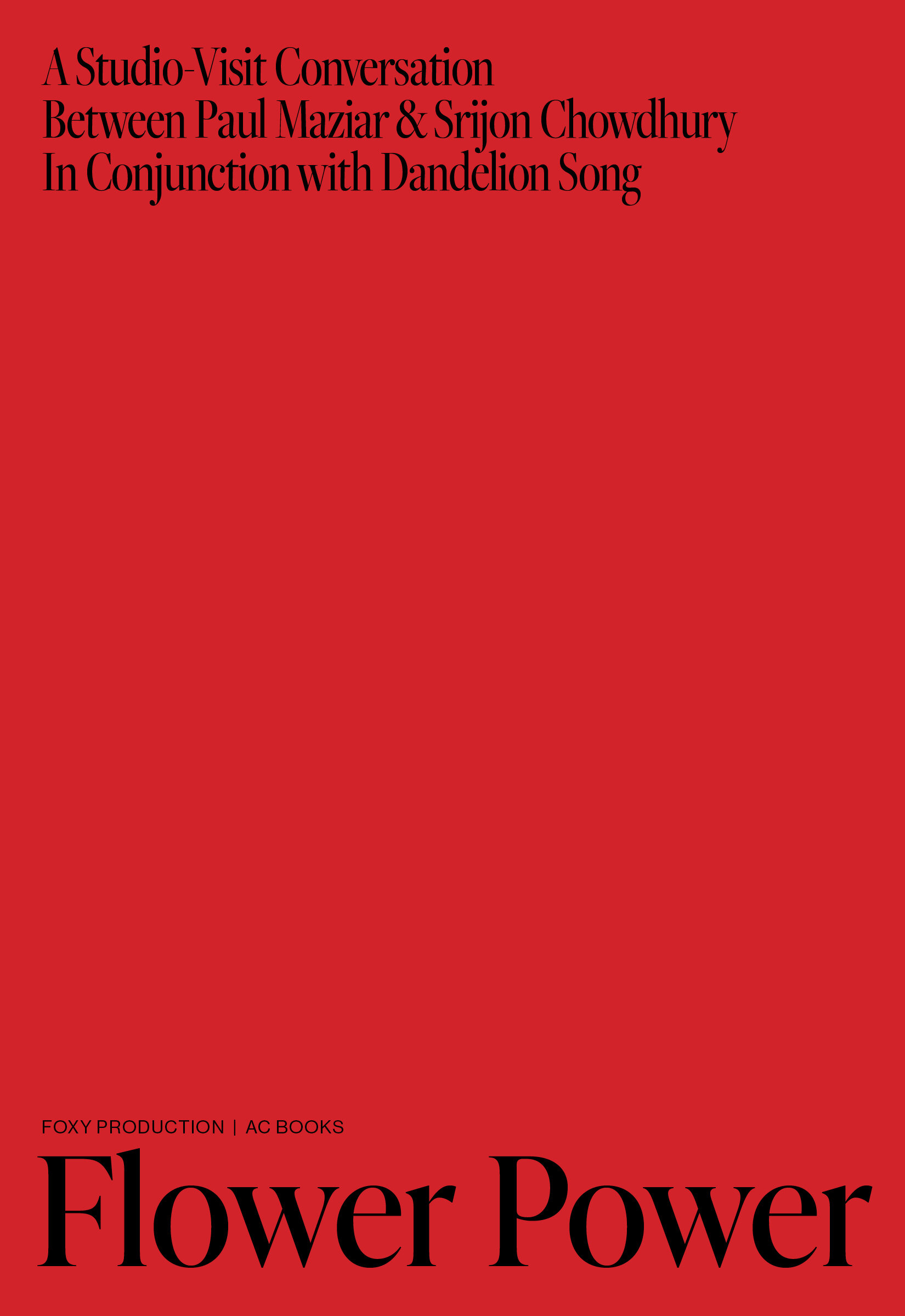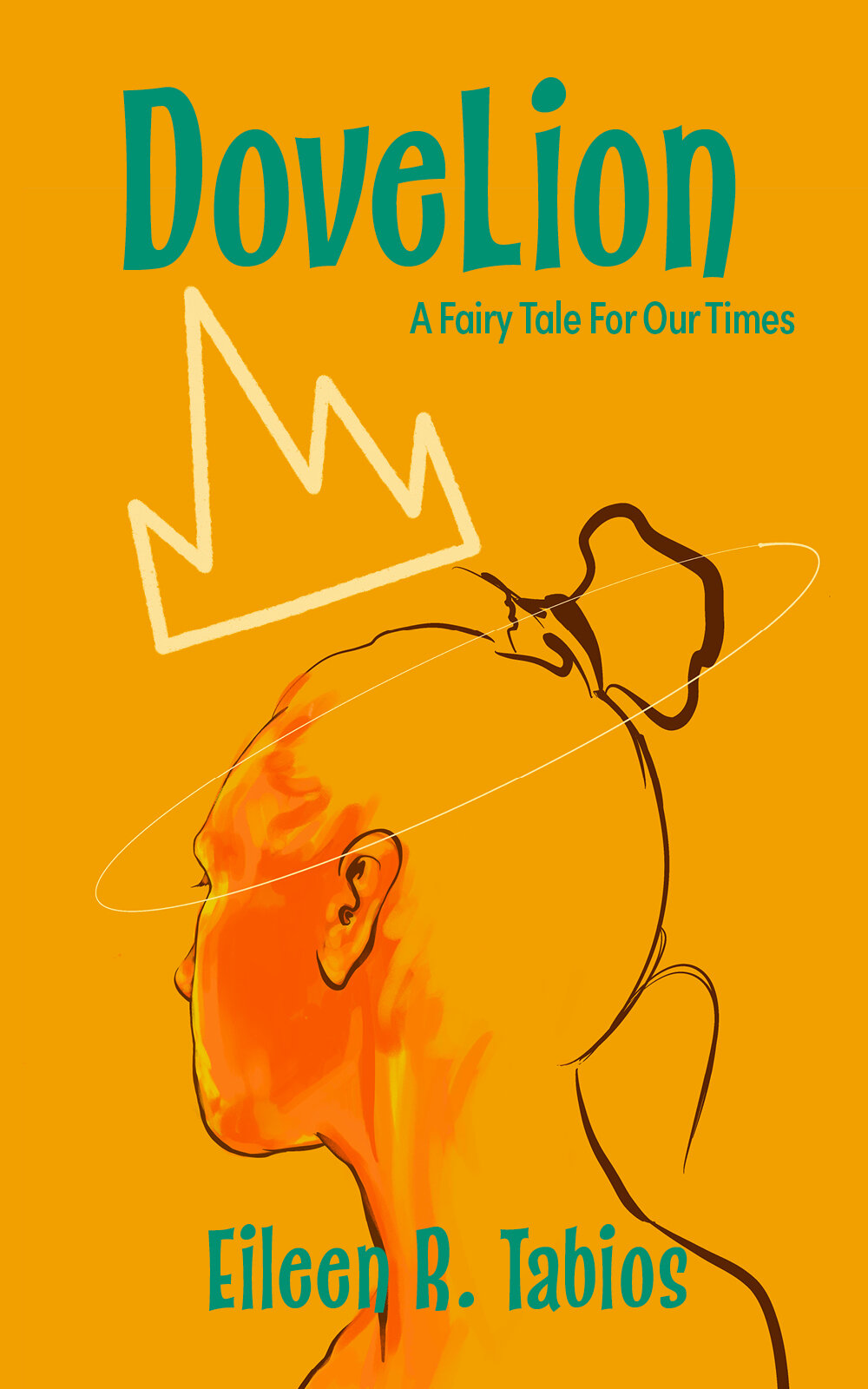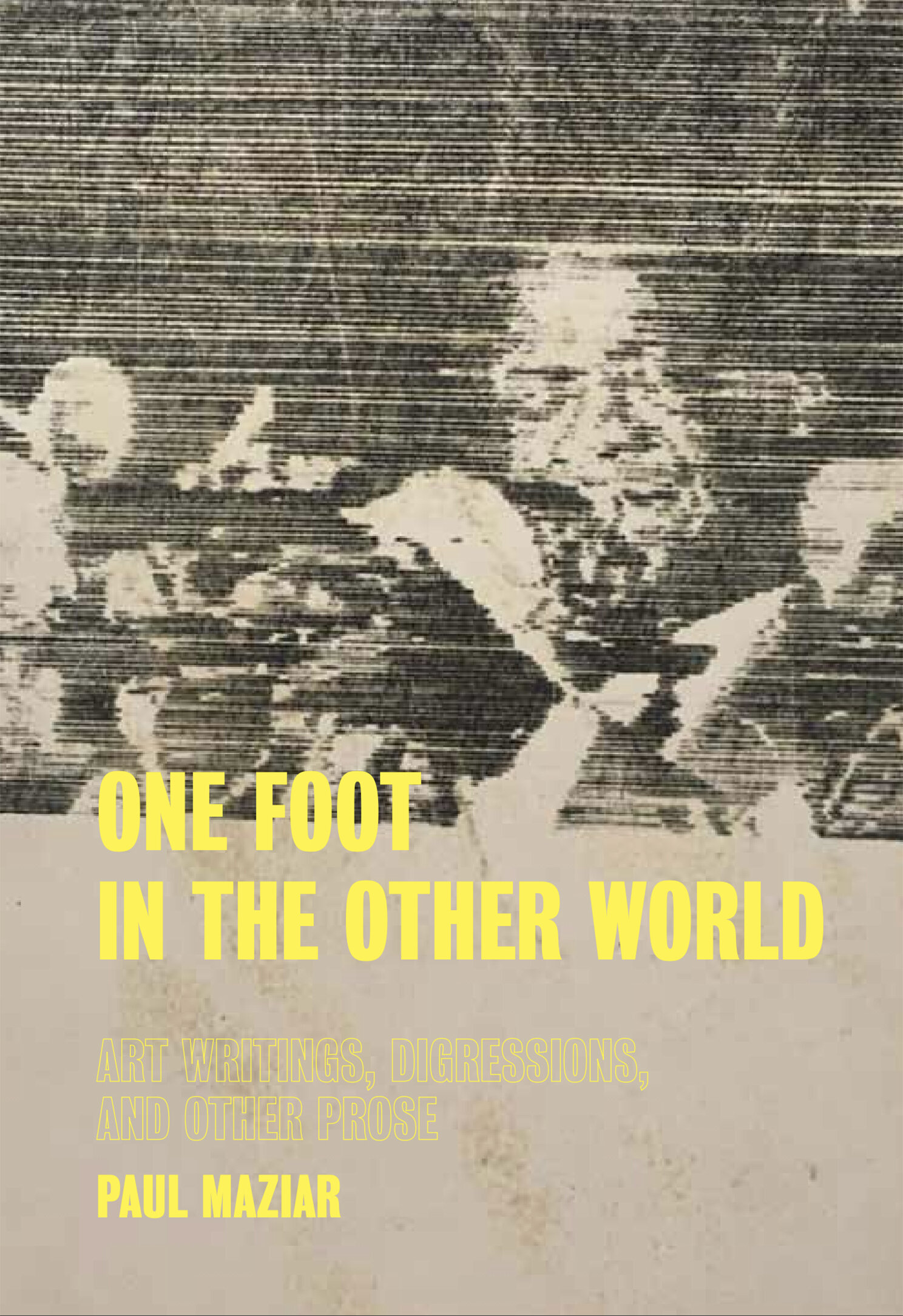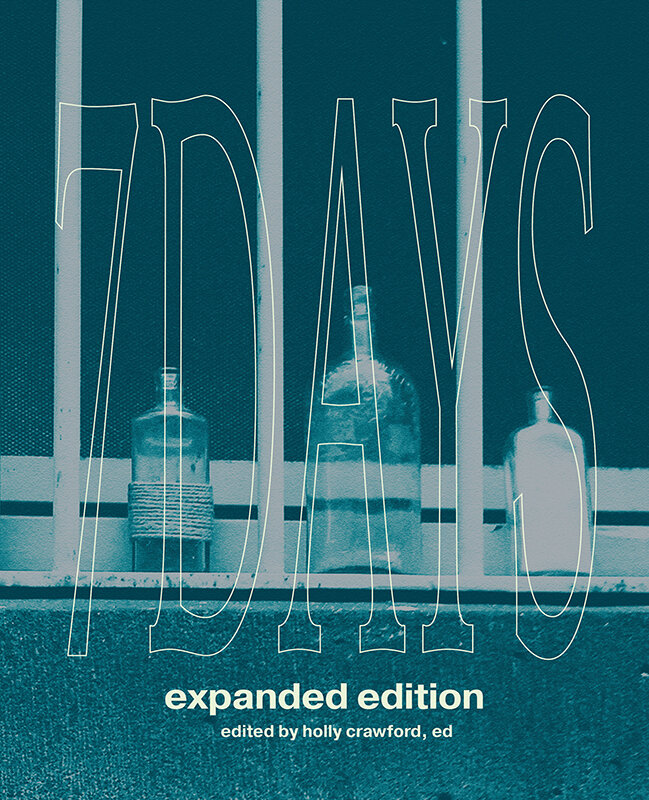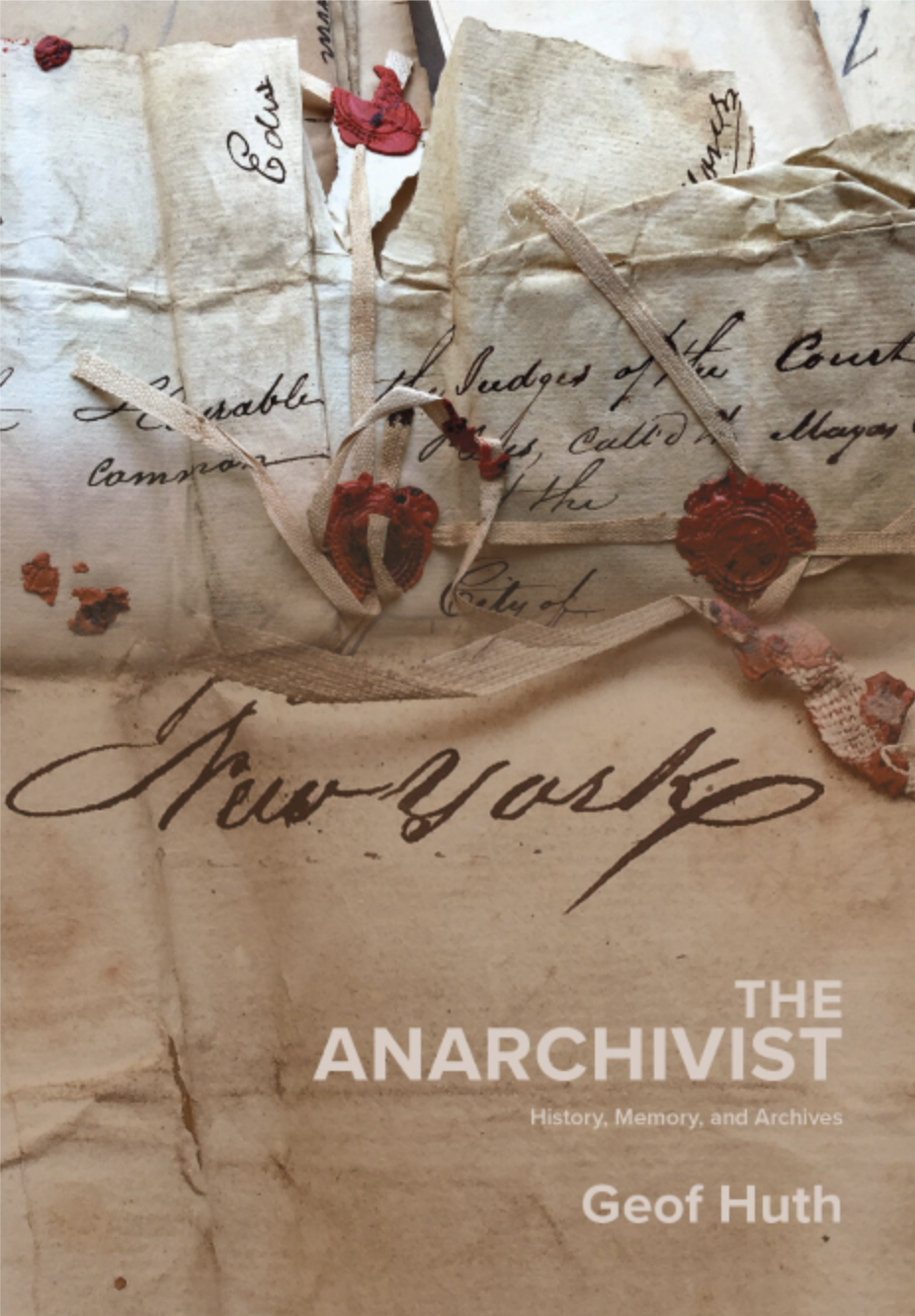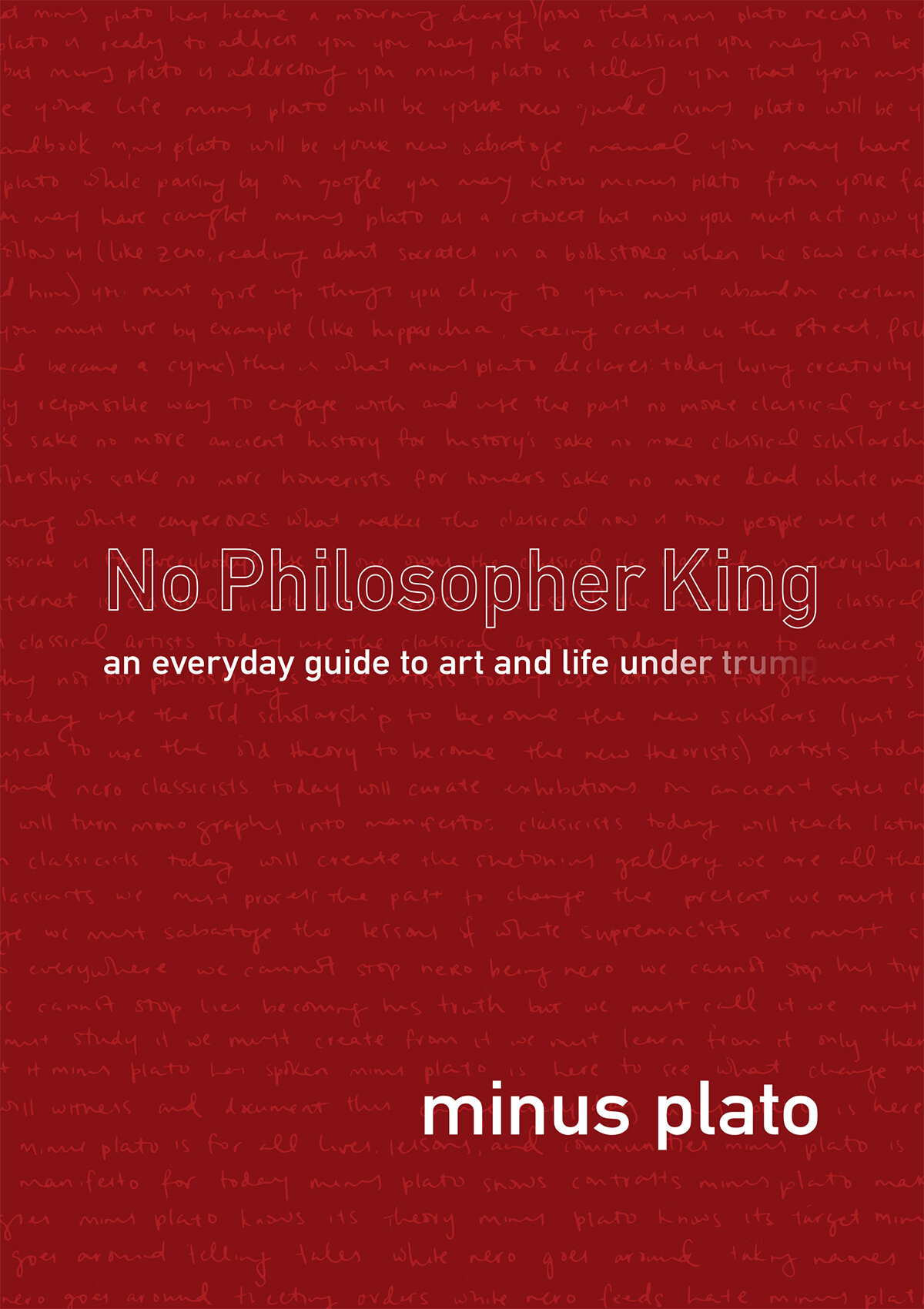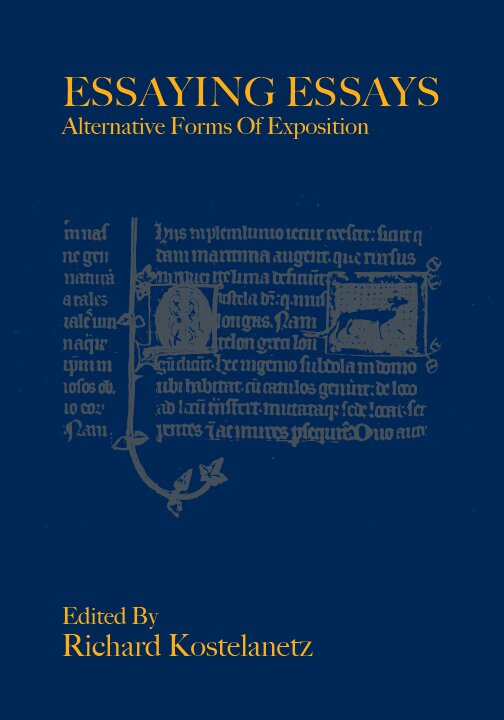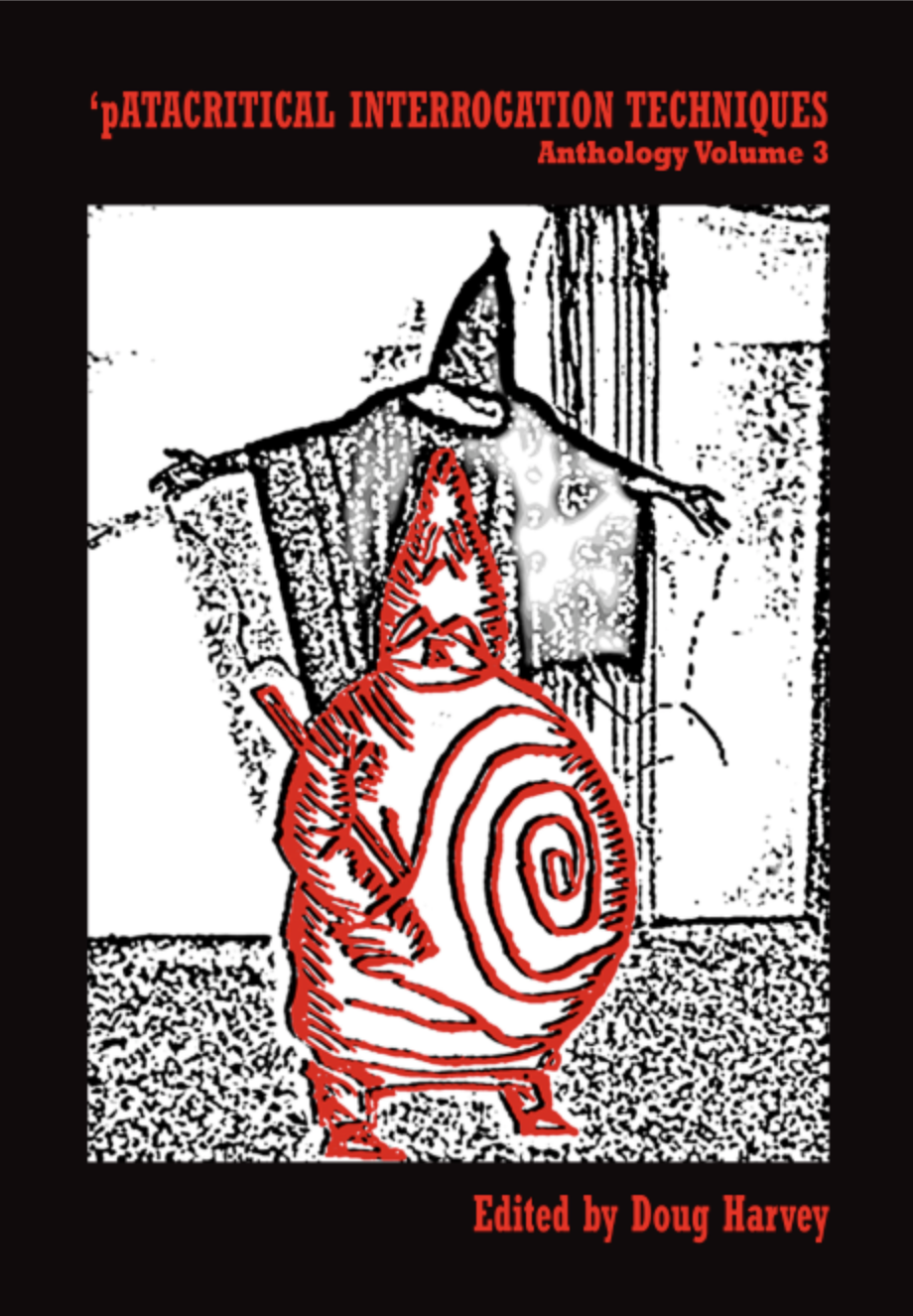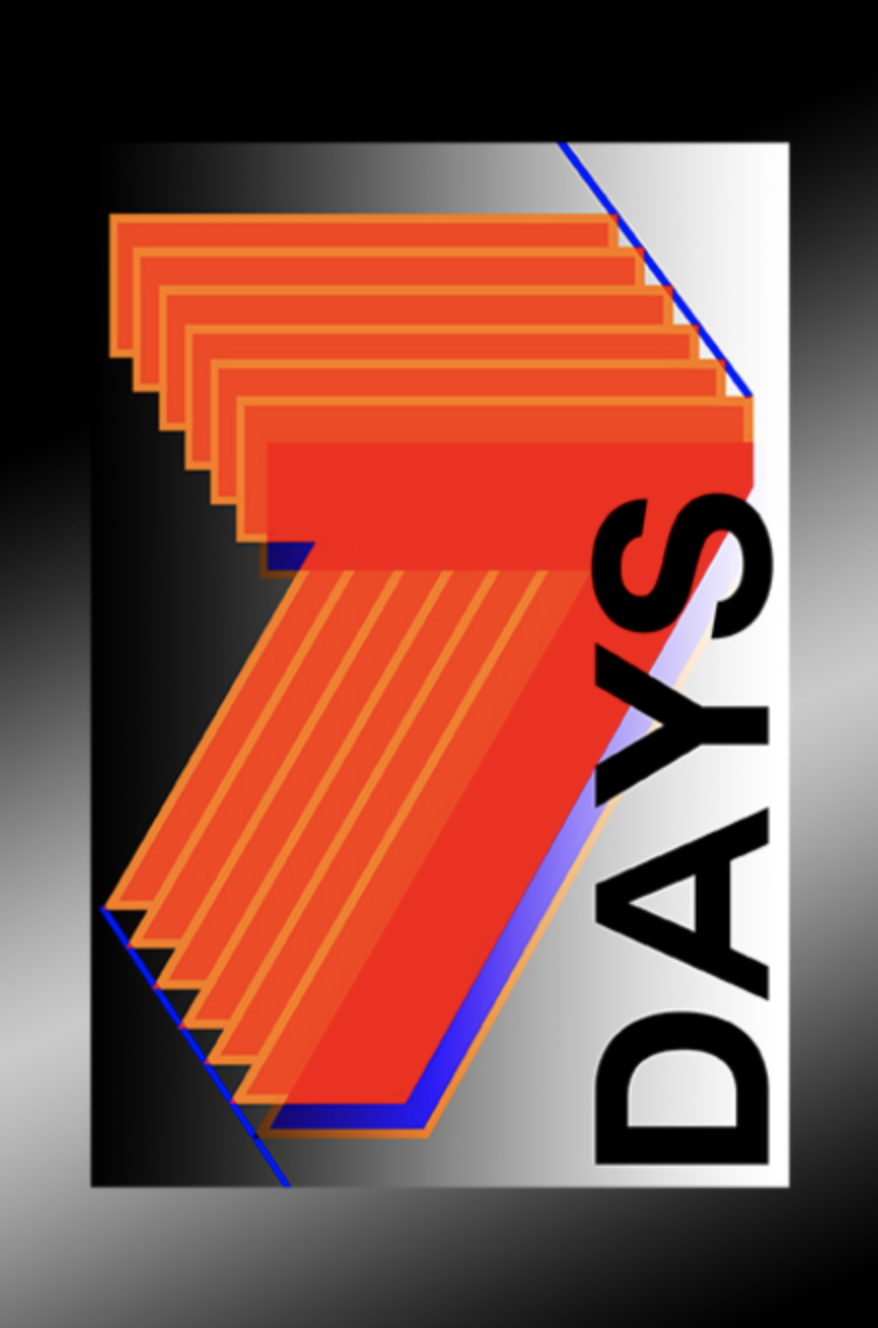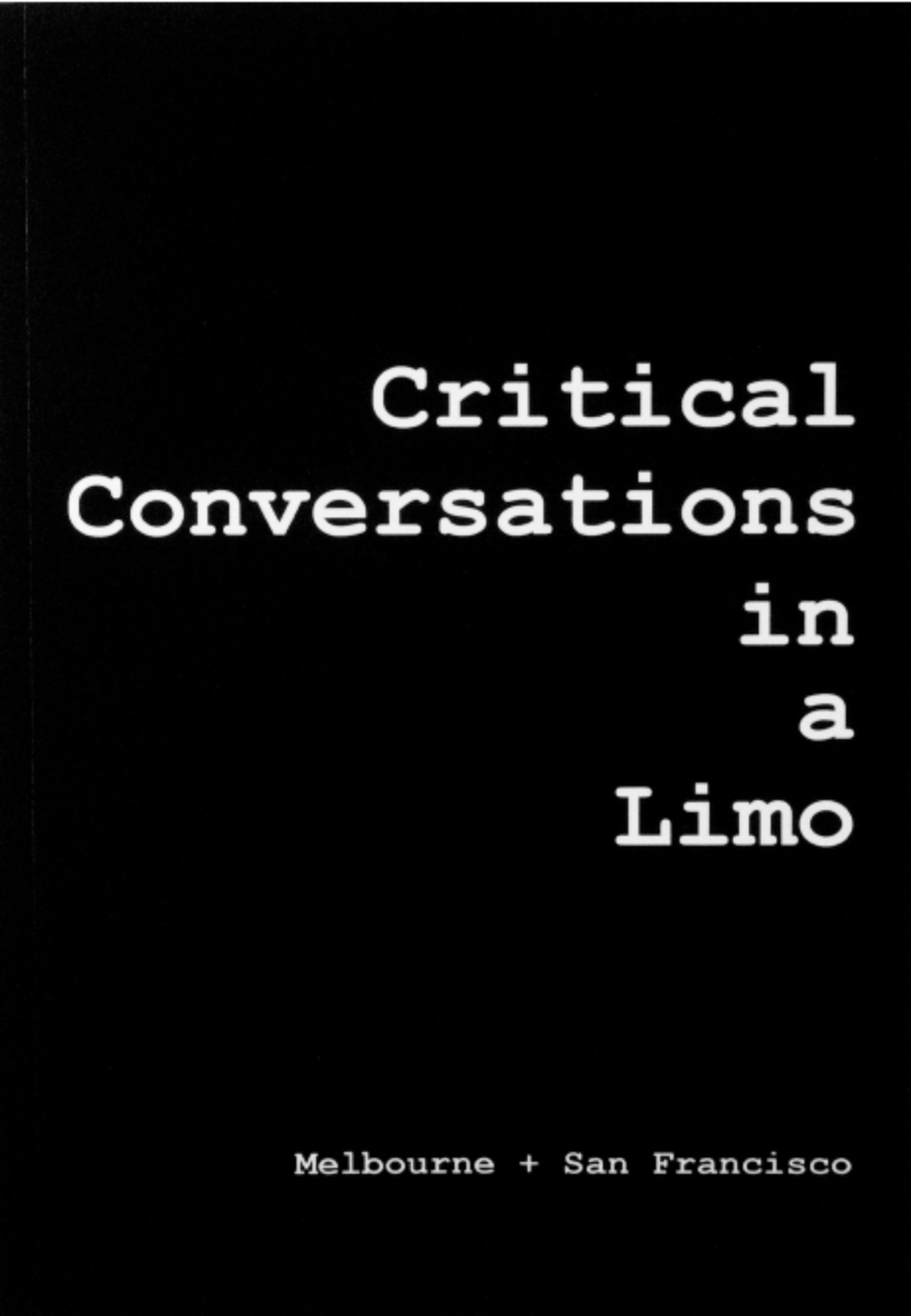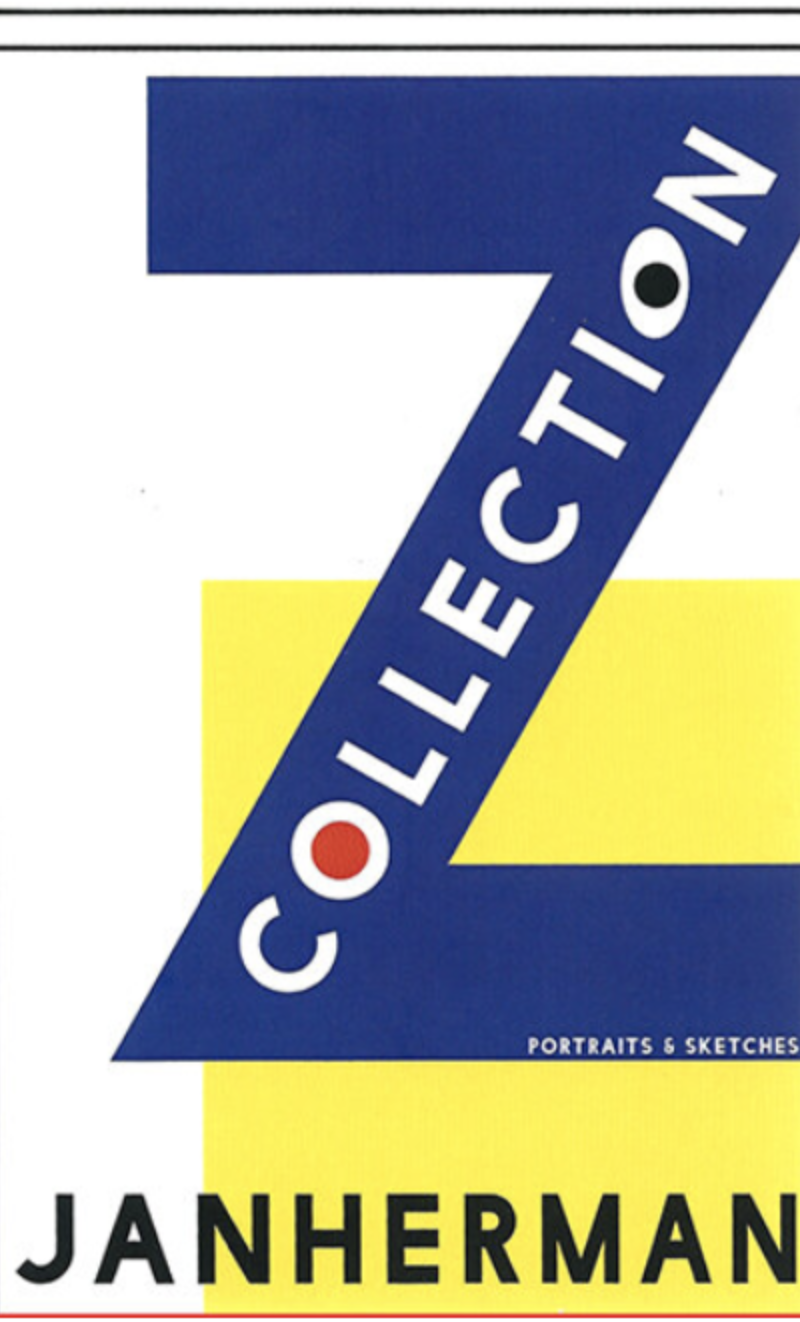New releaseS
LEAVES OF ABSENCE: Photographs by Dana MacFarlane, Text by Ruth Thomas
In this unique collaboration, Dana MacFarlane and Ruth Thomas use photographs and text to explore moments of intensity and equivocation. Traces left behind on pavements in Edinburgh and New York evoke a shifting view of the world revealed through and against an elusive tale of a relationship.
ORDER FROM ITASCA!
Autobiography of a Book: as told TO Glenn Ingersoll
What do you get out of an autobiography? A look inside a person, a lesson or two you can take to heart? Maybe comparing your life to the one in the autobiography. In Autobiography of a Book you are asked inside to look around, all right, but what you come to with each turn of the page is not a lesson, but life itself. There are black blank pages with no words. There are pages filled with words. Book grows and with each word, each sentence, Book lives, and as Book does live, its pages become light filled. Let this hopeful, rueful, delirious, anxious, occasionally self-satisfied voice talk itself into your dreams, your day, your world.
Visions of Divine’s Love: A Drag Theopoetic by Max Brumberg-Kraus, illustrated by J.C.A. Freeman
What if the medieval mystic, Julian of Norwich, who wrote Revelations of Divine Love, had been writing about Divine the drag queen?
The loose story framing the poems describes cloistered professor and film buff Dr. Julia Johnson–a reimagined Julian–and her nameless teaching assistant, a novice nun, as the former reflects on all that was shown to her in viewing the cult classic. As a queer woman in a conflated 14th/20th century, Johnson’s vision is television, her Christs are Dreamlanders, and her revelations are sparked by the spectacular rites of the cinema. Through the theoria of filmic engagement, the poems in VISIONS OF DIVINE'S LOVE uncover secrets about Julia, the viewer, the world, and, indeed, about the divine.
Poetry. Film. LGBTQ+ Studies.
“VISIONS OF DIVINE'S LOVE is composed of sixteen ekphrastic poems, an introduction, and an epilogue in response to John Waters’ Pink Flamingos (1972) with its star Divine., corresponding to Julian's sixteen visions of Jesus, the Crucifixion, and the cosmos. Here, written down 'visions' are spliced with 'visualizations', mixed media icons that blur the medieval and (post)modern, transforming the book into a pseudo-cinematic experience of text, image, and the movement between them.”
ORDER FROM ITASCA DISTRIBUTION!
ar, a collaboration between Cyrilla Mozenter & Philip Perkis
Somehow, in this marvelous collaboration, the words and the images rhyme. Here and there the words probe the edges of terror, while the forms put forth the argument of innocence. Actually, so do the words, while the felt forms carry a disquiet of their own. Also, some words and some letters enter the forms and become forms themselves. Does the word “innocence” apply? I believe it does, but only with the understanding that innocence can’t be understood, and that innocence is not small. “Tenderness” applies. “Beauty” applies. “Humor” applies. There is a story in this book too, the story of a marriage. The story involves cats. At the very end, unaccountably, a dog’s voice chimes in. — Joel Agee
In her foreword, Anne Murray writes, “In what appears as a semiotic symphony, this book brings together two disparate minds who appear in ether, their works a semblance of patterns emerging in a cloud, and as dust, settling into letters and shapes.”
ORDER FROM ITASCA DISTRIBUTION!
head of island beautification for the rural outlands by jefferson navicky
When William Harrison Brown (aka Bird) returns to the island of his youth, he attempts to take his place in the long line of landscape painters in his family. Bird, however, paints with a 1961 Underwood typewriter. A series of interlinked prose poems, HEAD OF ISLAND BEAUTIFICATION FOR THE RURAL OUTLANDS follows Bird as he attempts to make peace with his identity as a son, islander, and writer in a family of visual artists. The book is part history of grief, part exploration of ghosts and hauntings, part philosophy of landscape painting, and part meditation on the nature of islands.
ORDER FROM ITASCA DISTRIBUTION!
Reviewed in the Boston Sunday Globe — “peculiar, beautiful, beguiling…”
Recent Releases
Battlefields—a poetry and art book by Anne Murray and Zolt Asta (Zsolt Asztalos)
Battlefields is a book collaboration between Anne Murray and Zolt Asta (birth name, Zsolt Asztalos). The photographic works presented are the sites of battlefields from WWI and WWII in Hungary and Italy and were created by Asta independently upon visits to these locations. These works are his means of personalizing a shared history, a presence of the deepest human experiences of life and death, pain and survival. Through the photographs of Asta, poems emerged and were composed by Murray in a direct connection to these presentations.
Flower Power—A studio Conversation Between Paul Maziar & Srijon Chowdhury
A collaboration between AC Books and Foxy Production, NYC, Flower Power documents the poet Paul Maziar's studio visit with the artist Srijon Chowdhury during the COVID pandemic and the unforgettable connection that emerged from their conversation. The two connect about the power of symbols and the elusive nature of meaning in art, the fragility of life and the natural world. "Flowers, nature will always come back," Chowdhury says, "no matter what happens."
If You Give Me a Lily, I'll Make it a Field is a series of humourous and deeply informative art lectures by Ohio imagethinker and an adjunct art history professor Scott Navicky.
In Satires, the Roman poet Horace poses the question: “What forbids us to tell the truth, laughing?” Why not approach teaching art history the same way? What forbids us from comparing Egyptian Triad sculptures to the music videos of Houston rapper Tobe Nwigwe? Or discussing how the Hammurabi Law Code is one inch taller than Kristaps Porzingus, and thus could, theoretically, play center for the New York Knicks?
DoveLion is a inventive myth straddles the binary of traditional narrative and experimental fiction.
by Eileen R. Tabios
From multi-awarded poet, writer, artist, and editor Eileen R. Tabios comes a first novel, DOVELION: A FAIRY TALE FOR OUR TIMES. Unfolding through lyrical and spare vignettes, DOVELION presents the effects of colonialism and empire, while incorporating meditations on poetry, art, orphanhood, and indigenous values. Glimpses are provided of spy warfare, internet-based rebellions, and the insidious effects of beauty pageants. Relief is provided through Elena's love of Wikipedia and the worl'’s most simple but delicious recipe for adobo. Ultimately, DOVELION and Elena's story bespeaks the unavoidable nature of humanity: a prevailing interconnection that can cancel past, present, and future into a singular Now.










